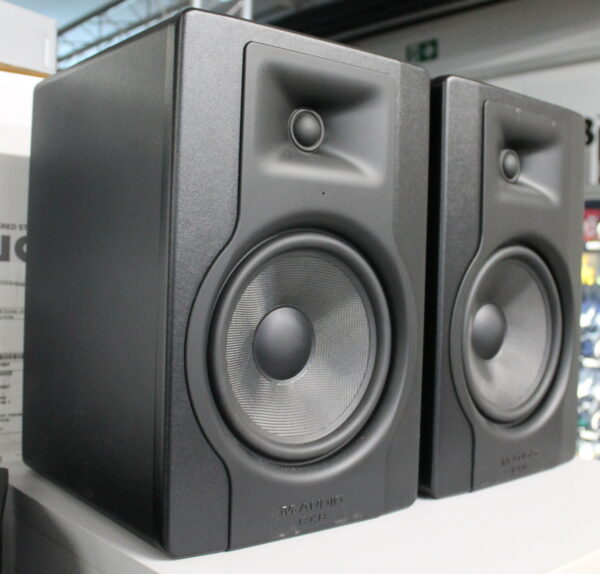

This section processes the MIDI velocity value. The MIDI Note messages are decoded into 'note number' (the left hand output) and 'velocity' values (the right hand output).ĥ. Only MIDI note and program change messages are needed for processing in this device, so the 'midiselect' object extracts those from the MIDI stream and sends the remaining MIDI messages to the 'idiot' object, which acts as a MIDI 'Thru' to the next device in the chain in Ableton Live.Ĥ. MIDI arrive at the input of the device.ģ. In the case shown, there are no highlighted notes, so there are no zeroes in the list - but imagine that there are one or two!Ģ. Highlighted notes would replace the 1 with a zero in the list.
MAX 4 LIVE MIDI MONITOR FULL
The 'list' is the contents of the grey box full of 127 '1's: one per MIDI note number. Clicking on the keyboard graphic object highlights the notes in light purple, and these are sent to a 'list'. (but don't look inside: I'm not noted for my tidy M4L coding.ġ. But you can do it - I just prefer something a little neater. I'm kind of intrigued that there isn't something like this in the Ableton factory set of MIDI plug-ins - and I know that you can do this by using a MIDI Effect Rack and having 128 Velocity plug-ins in it, and 128 rows (one per note), and a lot of time and effort, and you get a 'less than perfect' user interface for your time and trouble.

So, nothing much in the way of applications then. MFNMR allows you to create music for whales and for bats, and anything in between, with no restrictions.) (Ah, and that's an important consideration - one way of doing a similar type of filtering/sieving is just to transpose the notes that you don't want to note number zero, or note number 127, and to rely on most synths not being able to make a noise that low or that high. You could even use it as a huge version of the factory Scale plug-in that isn't restricted to a single repeated octave - with MFNMR the entire MIDI Note range is available to you. You can bring order to chaos by restricting the output to just a few notes, even though the input is lots of notes (so perhaps in installations and performance.). Try it on the output of arpeggiators, on the output of drum clips (to save muting with those little buttons), or on the output of clips that have too many notes! You can thin out pads or melodies, or even create motifs from blocks of notes that are too dense and unstructured to be usable conventionally. Now I know this is bad design, but in this case the alternative would be real coding, and Max For Live is quite tricky enough for me. Instead of being modeless, there are several different 'states' that it can be in. MIDIfilterNOTEmr01 does something that I'm not very keen on with its user interface. The presets are stored with the plug-in when you save a Set in Ableton Live. MIDI Program Change messages (0-17) can be used to recall presets (1-18). The block of squares are 18 preset memories.

My usual 'borax-object-based 'held notes' prevention stuff is built-in, so hopefully you should never need to press this button. The '!' button is a panic button that should stop any stuck MIDI notes. mode, all notes should be white or black as usual. mode, notes that will be filtered out are shown as light purple. In Monitor mode, incoming notes are shown as light purple. To stop the filtering, then you press the 'Clear' button, and all notes will then pass Thru the plug-in, unimpeded. Basically, if you set the velocity in a MIDI Note On message to zero, it becomes a Note Off message. The notes you have selected (one note is fine, too!) will be shown as light purple in colour, and they will then be removed from (filtered out of) the MIDI stream that is passing through the plug-in - actually, if you look at the MIDI stream, then you will find lots of MIDI Note Off messages, which is something that I previously exploited in the MIDIprob devices. So whilst it technically is a 'filter', a better description might be to call it a 'sieve' - because you can set individual notes to be removed. Notes that are detected are highlighted in what I will call light purple - the phrase 'light blue with a hint of purple' is too long.īased on those notes, you then select the ones that you want to pass through, and you press the 'Run' button. Probably the first thing to do with INSTfilterNOTEmr is put it in Monitor mode, so that you can see the notes which are passing through it (When it isn't Monitoring, it is Filtering or Thru'ing).


 0 kommentar(er)
0 kommentar(er)
